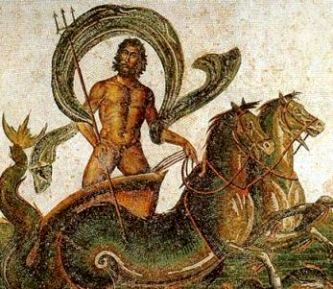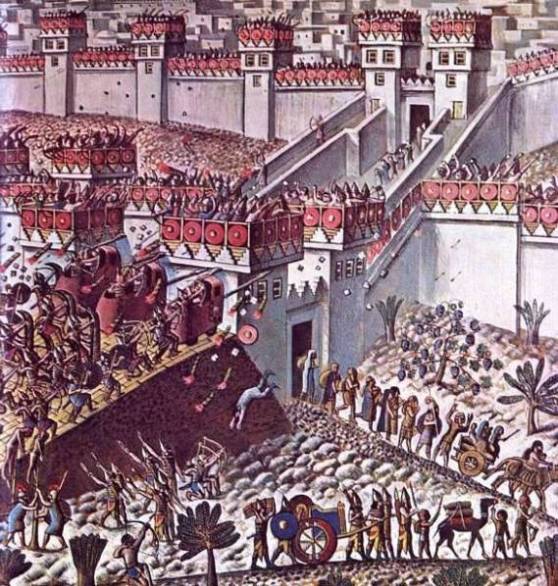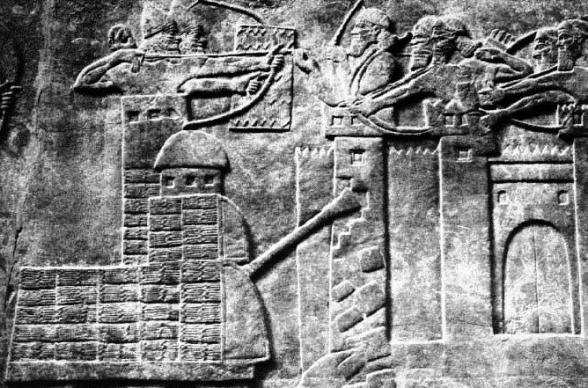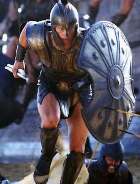What was the Trojan Horse? What’s it got to do with the Bible?
When I first heard the story of the Trojan Horse, I wondered how the clever Trojans failed to smell a rat when they saw a large wooden horse standing outside their city walls. Surely they would have been wary of such an odd-looking thing?

Wall relief of an ancient battering-ram
It raised some questions:
- Why did the Trojans allow it inside their walls, when they had already withstood a long siege and were well aware of how tricky the Greeks could be?
- Why didn’t they look inside the ‘horse’ before wheeling it into their city?
There had to be an explanation.
Then I thought of battering rams. Three things struck me:
- Battering rams were being used at the time Homer was telling the stories that eventually became the ‘Iliad’. We know they were being used by the Assyrian king Tiglath Pileser, because they are shown on stone wall carvings from his reign (see above).
- A battering ram was roughly the shape of a horse.
- A ‘wooden horse’ was used to finally conquer the ancient city of Troy.

Reconstruction of a battering ram
There are several theories:
Theory 1
The ‘horse’ was in fact a battering ram that, covered by its leather armor, looked something like a horse.
Homer assumed his listeners would know what he meant when he referred to this horse-shaped weapon as a ‘wooden horse’? People at the time were only too aware that battering rams were made of wood, and gave shelter to soldiers as they attacked the walls of a city.
Did Homer assume his listeners would know what he meant by a ‘wooden horse’?
Theory 2

Poseidon, thunderous god of earthquakes, rides his horse-drawn chariot
Did earthquakes weaken the walls of Troy, as they did
- at the biblical city of Jericho, whose ‘walls came tumbling down’ and
- the Cretan city of Knossos?
Were the attacking Greeks able to break through the walls because they were already unstable?
According to Homer, Poseidon the god of earthquakes and of horses, had attacked Troy even before the war began. A ‘horse’ might be Homer’s code for ‘earthquake’, both controlled by Poseidon.
Theory 3
The ‘Trojan Horse’ may be a reference to a cavalry unit of the Greeks. This ‘horse unit’ may have tricked the Trojans into letting them enter the city, probably using the armor and horses of a defeated Trojan cavalry unit.
This last theory is appealing, but not as likely as the other two: the Trojans could hardly have kept a cavalry unit inside their cramped city during a long siege. Any animals in the city would have been slaughtered and eaten.

Attack on the biblical city of Lachish. Note battering rams at the city’s gates.

Battering ram attacking the walls of an ancient city
What do you think?
Search Box
![]()
© Copyright 2006
Elizabeth Fletcher




